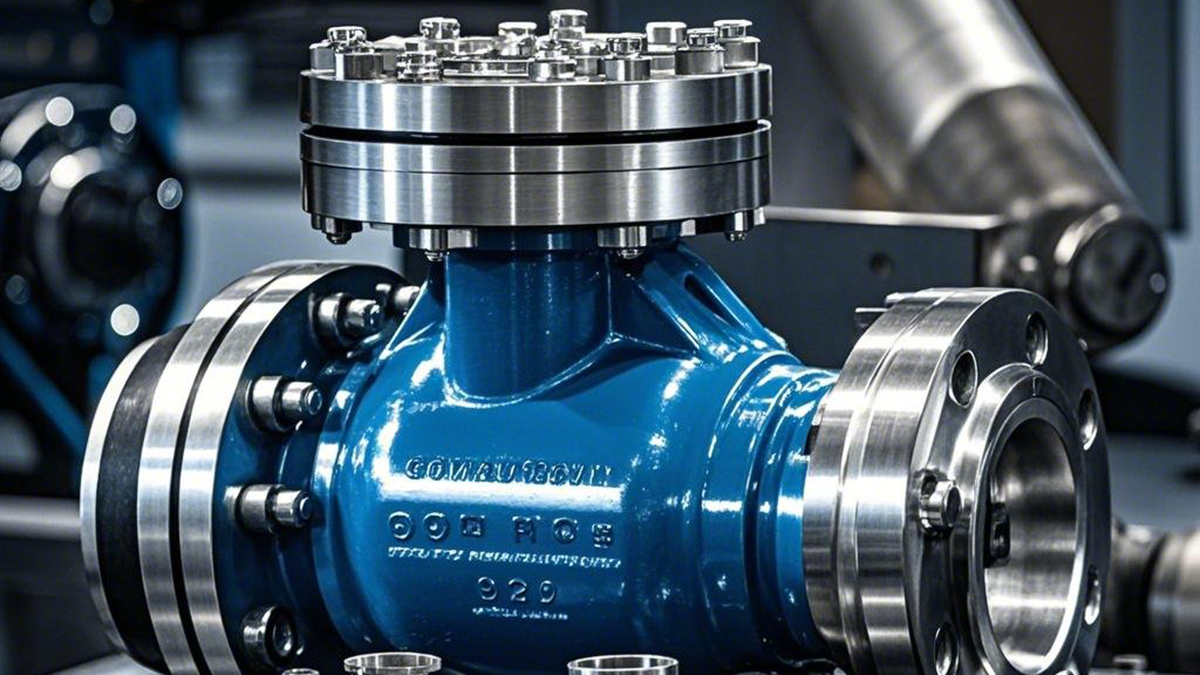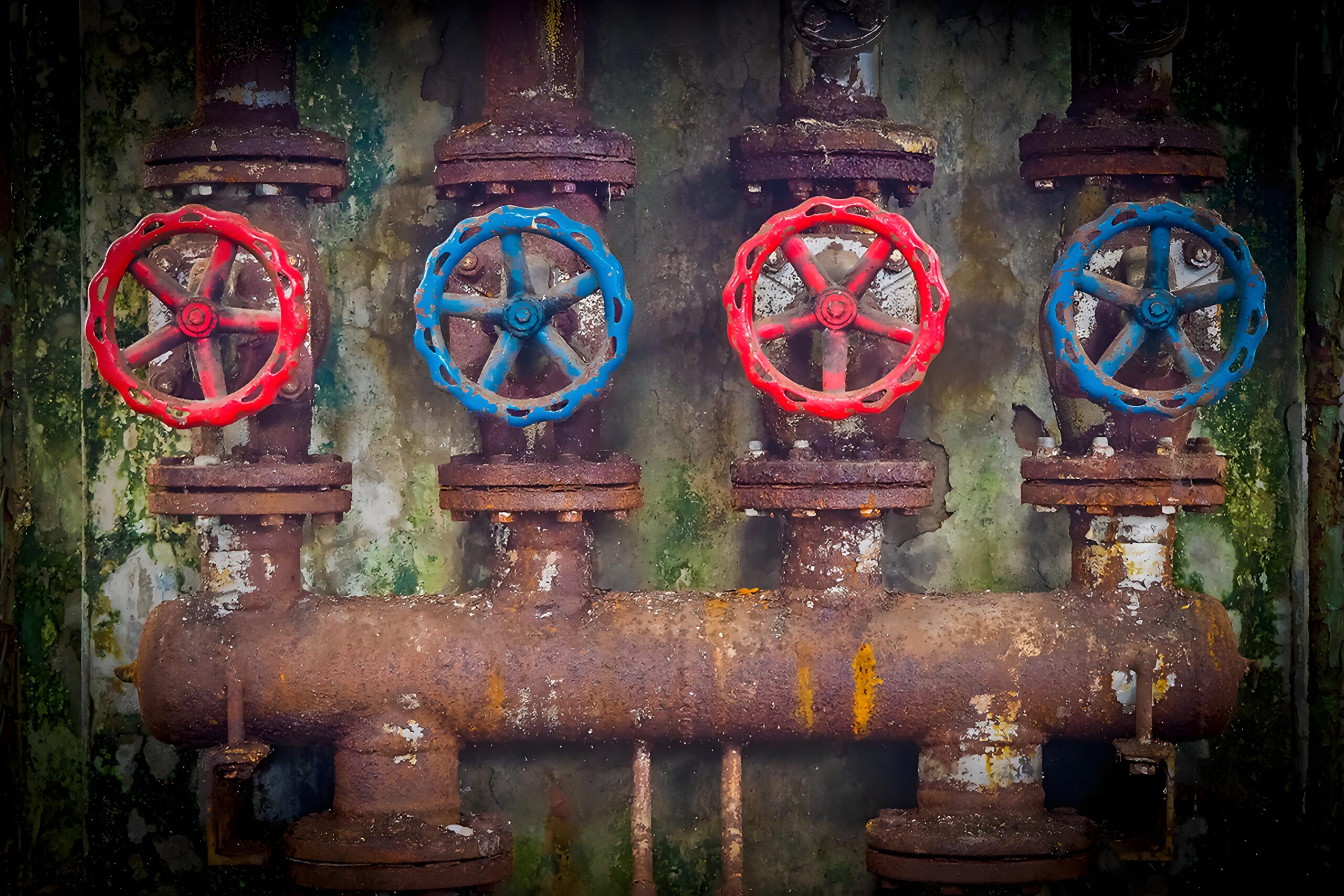Valve corrosion causes millions of dollars in losses each year in critical industries such as chemical refining and food processing. Using terminology familiar to North American engineers, this article breaks down the top 7 NACE/API-compliant corrosion prevention programs to help facility managers extend valve life by 30% or more. A corrosion prevention and control checklist is included at the end of the article.
▌Dual Principles of Corrosion Prevention and Control (a must!)
Chemical barrier protection
Establish a physical barrier layer (thickness ≥200μm) through epoxy resin and other coatings to block acid/alkali media from contacting metal surfaces
Electrochemical cathodic protection
- Sacrificial anode method: Installation of zinc/magnesium alloy block (ASTM B418 standard)
- Imposed current method: applicable to submarine pipeline valves (need to be equipped with rectifier + reference electrode)
▌ Four Practical Protection Techniques
✅ Three steps of surface pretreatment
✅ Sandblasting (Sa2.5 grade) ✅ Solvent degreasing (ASTM D2201 standard) ✅ Phosphating (to enhance coating adhesion)
✅ Coating program selection matrix
Media type Recommended coating Applicable valves
Strong acids (pH<3) PTFE lined Ball/Butterfly valves
Organic solvents Ceramic coating Globe valves
High Temperature Steam Aluminum-Silicon Infiltration Plating Gate Valves
✅ Key parameters of plating process - Chrome plating layer: thickness 0.05-0.1mm, microhardness ≥800HV
- Nickel plating layer: double layer structure (semi-bright nickel + bright nickel), total thickness ≥ 30μm
✅ Points for cathodic protection implementation - Calculation of anode material consumption rate: McCoy formula
- Current density control: 3mA/ft² for buried valves, 10mA/ft² for seawater environment
Texas Chemical Plant Success Story
A Houston sulfuric acid delivery system (concentration 98%, temperature 150℃) originally used 316L stainless steel valves, pitting corrosion occurred in 3 months. Retrofit program:
Substrate Upgrade: Adopt Hastelloy C-276 valve body
Surface treatment: plasma spraying Al2O3-TiO2 composite coating
Sealing system: Graphite-filled PTFE seals (in accordance with API 622)
Results: Valve service life extended from 6 months to 5 years, maintenance costs reduced by 83 percent
▌Corrosion Prevention Program Selection Flow Chart
Media testing → Environmental assessment → Material matching → Protection process selection → Verification testing (ASTM G48 standard)
▌Golden Guidelines for Maintenance
➤ Quarterly inspections:
Coating thickness measurement (allowable loss ≤ 15%)
Electrochemical protection system voltage testing (range -0.85~-1.1V vs CSE)
➤ Annual in-depth maintenance:
Endoscopic inspection for runner corrosion
Seal surface hardness test (Rockwell HRC standard)



